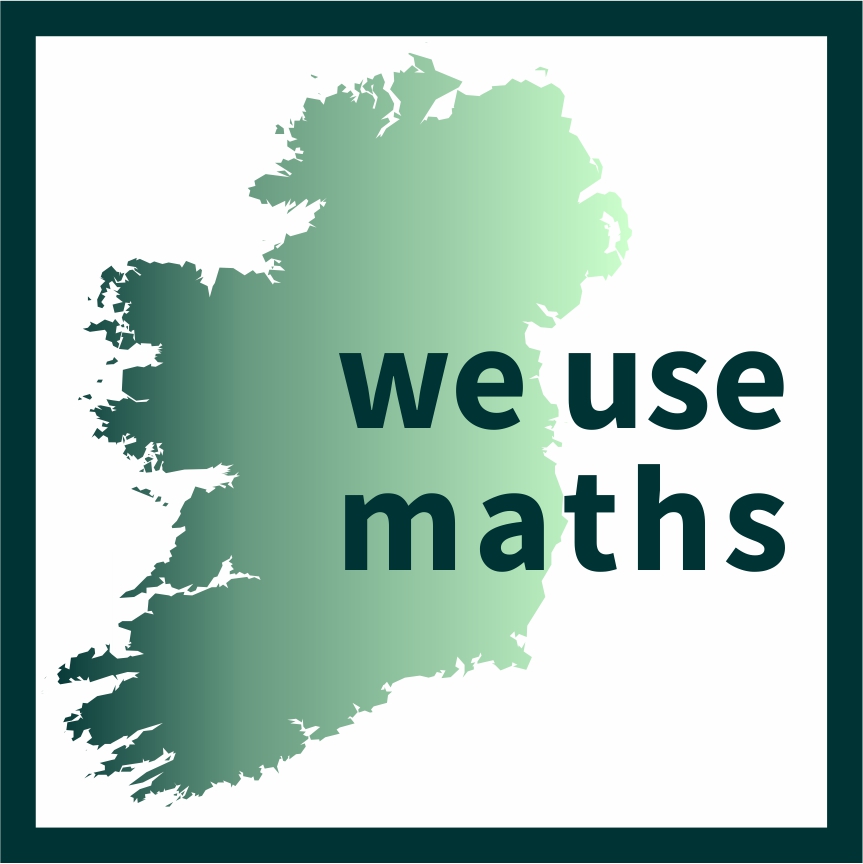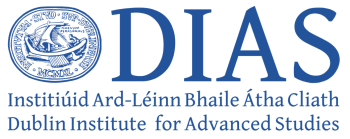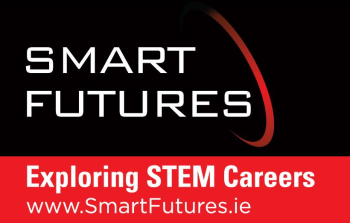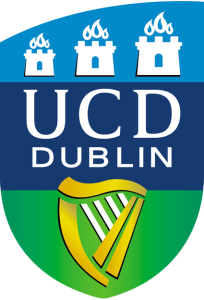Sinead Kenny:
Medical Devices
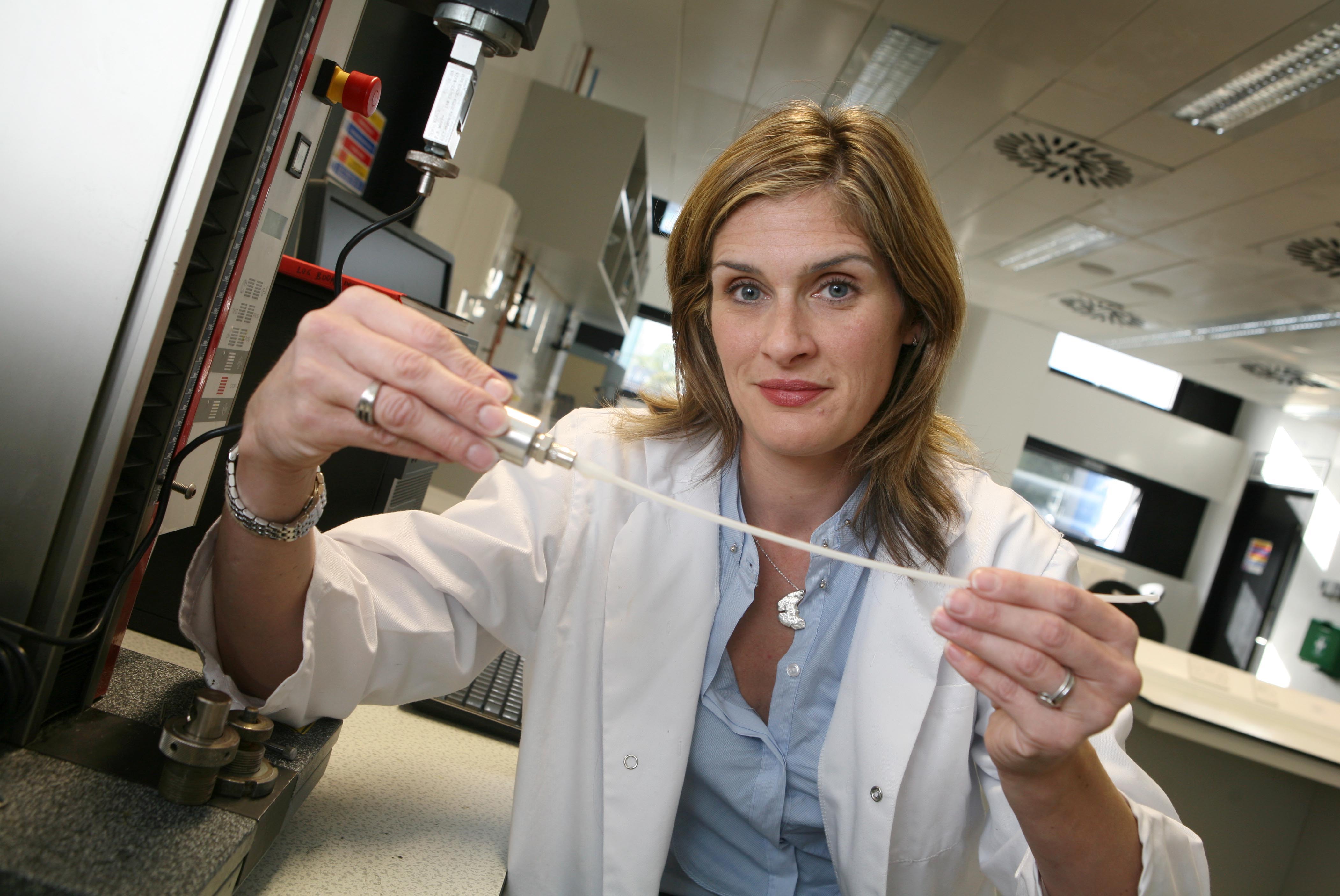
Your name?
Sinead Kenny
Your job title?
CEO of DiaNia Technologies
What type of maths do you use in your job and how do you use maths to solve problems?
My job involves aspects of both engineering and science, with some finance thrown in and therefore I use quiet a lot of basic mathematics.
When designing something new and we need to make a decision on the best design concept to proceed with then Pareto Analysis (Pareto Analysis is a statistical technique in decision-making used for the selection of a limited number of tasks that produce significant overall effect, some people refer it as the 80/20, the idea that by doing 20% of the work you can generate 80% of the benefit of doing the entire job) is a really useful technique which can help identify the top designs – of course it depends on the criteria chosen at the start – a great technique to use in teams.
When you need to verify a design and ensure that we have achieved an improvement from the old design then Statistics comes in really handy, with failure mode affects analysis (FMEAs) coming in really handy. These types of processes ensure you focus your attention on the most critical, risky elements of your design and in combination with significance testing , you can state with varying degrees of confidence, the improvement (or not) you have made with the new design. This becomes really useful in the medical device industry when trying to predict how safe a product will be when a patient/surgeon is using it and is one of the basis by which you can obtain regulatory approval for your device (eg) CE Mark in Europe or FDA approval in the US.
I would use Geometry to calculate specifications for a device, understanding the tolerance effects etc. and again trying to predict the size of the end device once it has made its way through the production process. This is a very important part of device design as the surgeon/patient needs to be sure that the device will fit where s/he needs it to go in the body.
Algebra is really useful with materials science, when attempting to predict the effects of various process parameters (eg) sterilisation processes, temperature, time, pressure/force etc on the end product. We also need to predict the type of conditions the end device will experience during use and ensure the design/materials selected can withstand these conditions. Algebra also comes in handy when developing financial projections in excel, calculating materials and production costs etc. in order to predict a device cost.
A major advantage of mathematics is that it is a really useful tool to assist in decision making, predicting outcomes and solve problems before they happen, as well as giving us confidence in product and process design, very important when the end product could be helping to save a life.
Did you like maths at school and what advice would you say to a second level student studying maths?
I did enjoy maths – but a major influence, I think, can be the teachers attitude. I did have one terrible teacher which really affected my confidence in the subject. However I meet a fantastic lecturer in UL who persuaded me to write down what I had in my head and explained things in a way that changed how I thought about complex problems making them doable. I would say practice makes perfect, but also seeing maths applied in everyday situations shows its worth the work. Don’t just look at the numbers and symbols – try to understand the meaning behind them, for example:
x = y+4C – difficult to get your head around
However if you think of x as a your hand, y as your thumb and C as your fingers – it clarifies things a little.
What aspects of the mathematics curriculum or mathematics courses proved most important for your job?
I think confidence in my approach to problem solving is the most important thing I obtained from mathematics.
